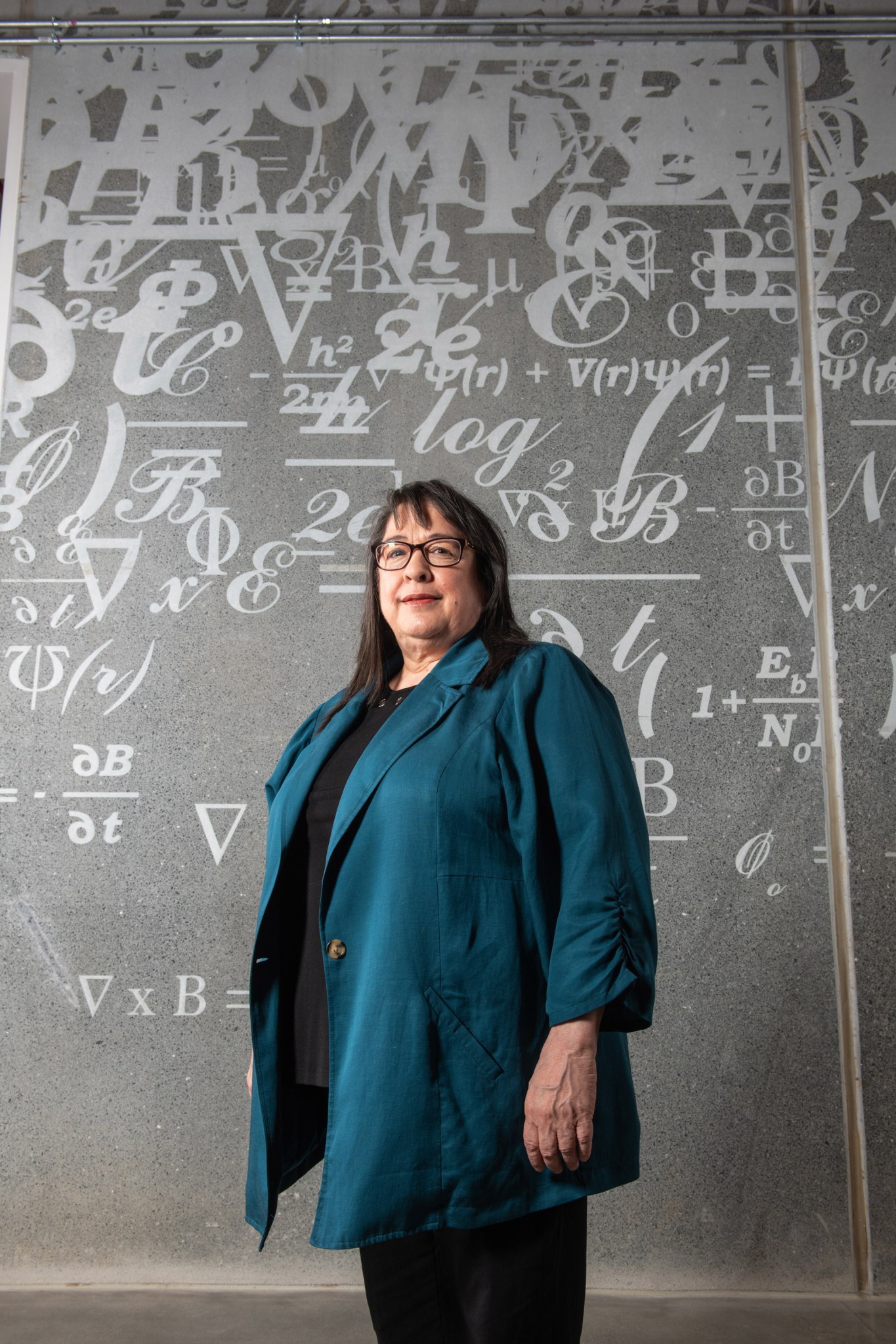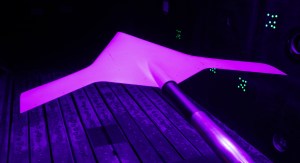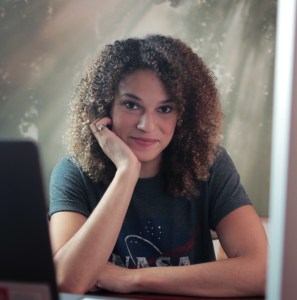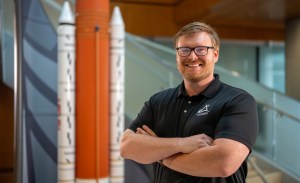Maricela Lizcano never dreamed of working for NASA.
In fact, she wasn’t planning on furthering her education until she had a revelation in her late twenties.
“I was watching one of those forensic shows, and I loved the way they caught the criminals with science,” said Lizcano, research materials engineer at NASA’s Glenn Research Center in Cleveland. “I wanted to be able to do that. I realized I should be studying science and engineering.”
It took Lizcano about ten years to prepare mentally and financially to go back to school, and during that time, she received some startling news.
“I found out that I was losing my sight, and it was very scary,” Lizcano said. “I think that was one of the things that tossed me off the rails. I had so many questions: ‘What am I going to do? How am I going to work or go to school? How quickly am I losing my vision?’ There were no answers.”
Lizcano was diagnosed with Stargardt disease, a rare genetic eye disease that occurs when fatty material builds up on the macula — the small part of the retina needed for sharp, central vision.
“My Stargardt disease started on the outer edges of my macula, and over time, it grew to the center,” Lizcano said. “By the time I was 45 years old, it had pretty much taken all of my central vision, and now I rely on my peripheral vision to see.”
Eventually, Lizcano viewed this as another obstacle to hurdle, no different from any others she had experienced in her life. She attended the University of Texas–Pan American, now called the University of Texas Rio Grande Valley. She started during a second summer session, easing her way to full-time attendance while also holding a job.
Because of her new disability, she couldn’t see what professors were writing on the board. She taught herself to listen intently to the topics being discussed in the lecture, then after class, she read the textbook and rewrote the lecture notes using special magnification tools.
“It took that much longer, but you learn to adapt,” Lizcano said. “There are certain skills you develop because of the changes you have to make when you have a disability. I learned that I really have to listen.”
After five years, Lizcano completed her mechanical engineering degree. She didn’t get a job right away after graduation, so she continued her education and earned master’s and doctorate degrees.
“I can’t just look at my disability as some great thing that I really had to overcome,” Lizcano said. “I think a lot of people overcome many obstacles because we are driven by the desire to achieve things. You don’t see the challenges as challenges, you just see them as something to conquer to get to your goal.”
In 2010, former President Barack Obama signed an executive order to increase federal employment of individuals with disabilities. The executive order directed executive departments and agencies to improve their efforts to employ workers with disabilities through increased recruitment, hiring, and retention of these individuals.
“Through the Workforce Recruitment Program, I had the opportunity to interview with representatives from federal agencies,” Lizcano said. “I heard nothing for a long time, but then suddenly I got an email from NASA Glenn asking if I’d present my research.”
She accepted a job as a research materials engineer and now leads a team working on high-voltage materials for electrified aircraft. She collaborates with various universities to develop composite insulation materials and lightweight conductors.
Even now working at NASA, Lizcano faces challenges that she finds ways to overcome. She depends on her fellow colleagues to carpool to work and accessibility tools — like the magnifier app — to use her computer.
“Understanding my needs allowed me to get over the fact that I lost my independence,” Lizcano said. “It was a mind shift to be all right with asking for help.”
Lizcano’s recommends a science, technology, engineering, and mathematics career to anyone looking for a challenge or excitement.
“We’re always solving problems. If you’re one of those people who really wants to make a difference in the world, STEM careers are a good place to start,” Lizcano said. “Any challenge that you may have in result of a disability is no different than the challenge you’re trying to solve, and it will give you the motivation and unique skills you need to be successful.”
NASA is in a Golden Era of aeronautics and space exploration. In partnership with commercial and private businesses, NASA is currently making history with significant missions such as Artemis, Quesst, and electrified aviation. The NASA’s Modern History Makers series highlights members of NASA Glenn’s workforce who make these remarkable missions possible.
Jacqueline Minerd
NASA’s Glenn Research Center




























